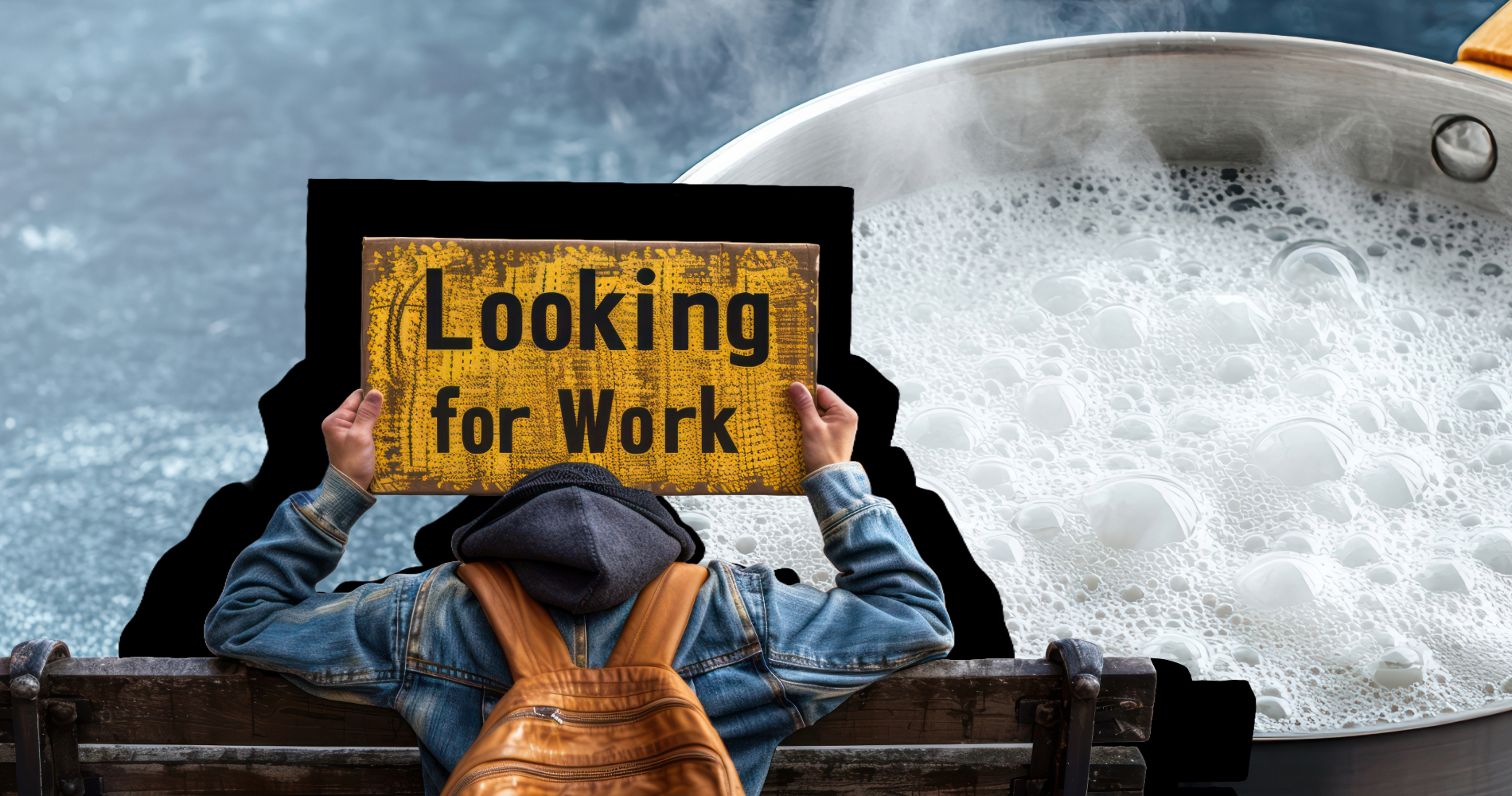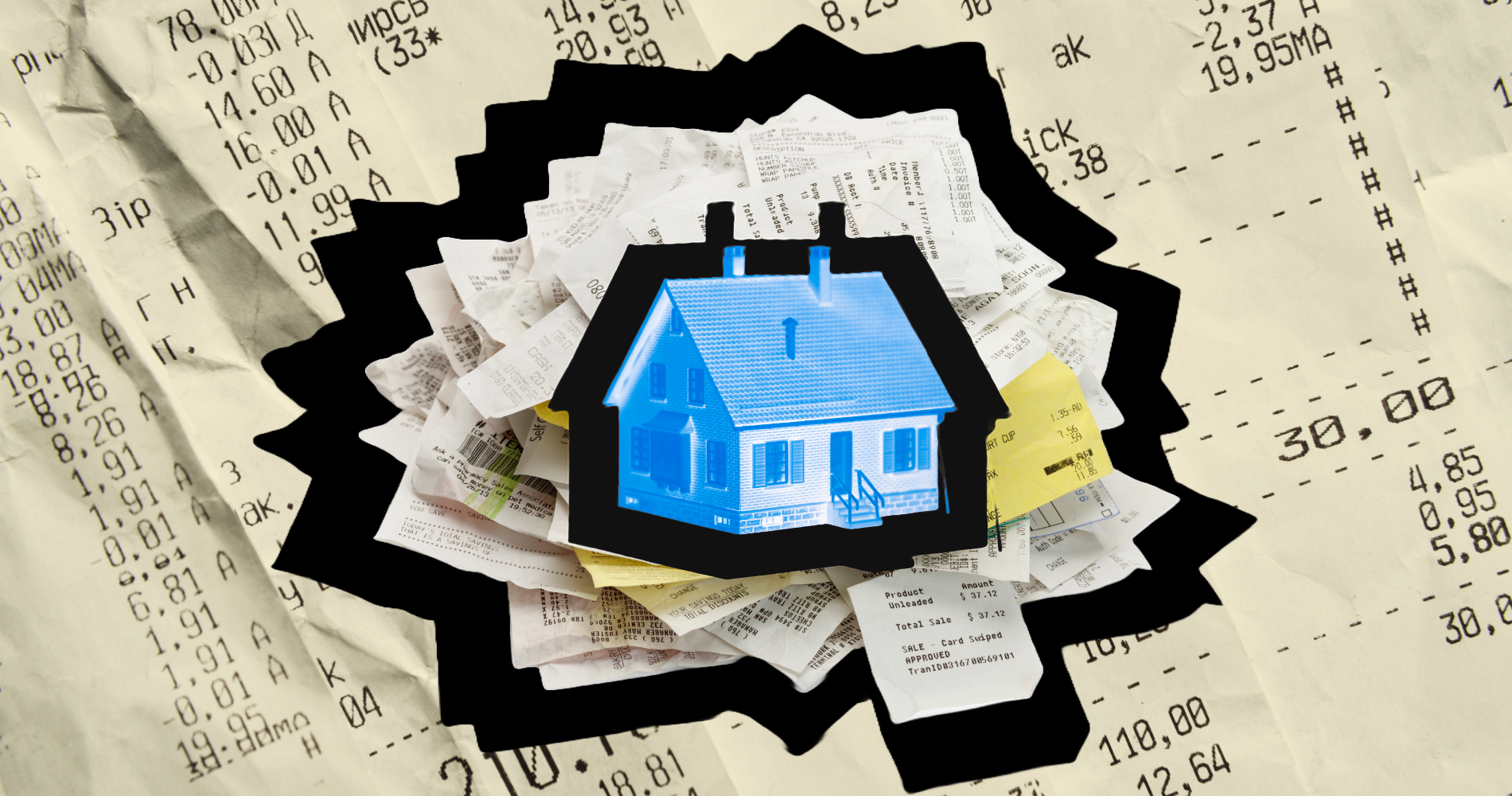Canada is confronting a deepening youth employment emergency that policy-makers and political debates have largely overlooked, as a recent CCPA analysis highlighted.
Given Ontario’s status as the country’s most populous province and largest economy, understanding youth unemployment trends is essential for grasping how deteriorating economic conditions are affecting young people.
Youth unemployment in Canada has recently reached a nine-year record high, with Ontario experiencing some of the country’s highest youth unemployment rates. This crisis stems from interconnected challenges, such as the lasting impact of COVID-19, a surge in the number of young people (including international students) now struggling to find work in a deteriorating economy, and the absence of effective employment service programs to address these pressures.
A review of the provincial numbers is even more urgent as ongoing trade tensions will affect key industries across Ontario, amplifying economic volatility and further restricting job opportunities for young people.
The scale of the crisis
Using the latest Labour Force Survey estimates from Statistics Canada, we examined youth unemployment in Ontario between 2019 and 2025. For these estimates, we calculated rotating averages from June of a given year to May of the following calendar year. What we find is a troubling picture of a generation confronting major obstacles.
While young people have typically faced greater employment challenges than older workers, recent economic changes have dramatically worsened the landscape for youth, with Ontario’s teenagers facing the hardest hit.
The statistics are sobering. Between 2019 and 2025, unemployment rates among teens aged 15 to 19 climbed from 14.9 per cent to 22.2 per cent, a 7.4 percentage point increase. This means nearly one in four teenagers in Ontario’s labour force is now unemployed.
While unemployment is lower among young adults, they haven’t been spared either. Unemployment rates rose from 9.9 per cent to 13.2 per cent for Ontarians aged 20 to 24 (a 3.3 percentage point rise) and climbed from 6.2 per cent to 8.7 per cent for those aged 25 to 29 (a 2.5 percentage point change).
Gender and age
The crisis doesn’t affect all young people equally. Again, our analysis reveals that Ontario teenagers have faced particularly devastating labour market conditions, with unemployment growing by over nine percentage points among male teens and by 5.6 percentage points among females.
Unemployment is higher among young men, continuing a persistent trend driven by several factors. While young women increasingly pursue post-secondary education and combine studies with part-time work, a growing number of young men have become disengaged from work, education, and training altogether.
While unemployment patterns vary across gender and age groups due to different structural factors, they share common roots in deep systemic issues. These include racialized gaps in educational completion, limited skills development opportunities, and barriers to inclusive employment practices—all symptoms of a fragmented institutional support system that inadequately prepares and supports young people transitioning into adulthood.
Finding work takes months, not weeks
In addition to facing higher unemployment rates, young Ontarians today also spend significantly more time looking for work when they are between jobs.
The duration data reveals an equally disturbing trend. Among teenagers aged 15 to 19, the average unemployment period nearly doubled from eight to 15 weeks between 2019 and 2025, an increase in search time of over 90 per cent. The increase in unemployment spells were also extremely high among 20 to 24 year-olds, going from about a 10 week search in 2019 to an average of 17 weeks in 2025.
Time looking for a job is even higher among those aged 25 to 29 years old. For this age group, finding work in 2025 has become a five-month ordeal, compared to an average search of 14 weeks back in 2019.
Extended unemployment periods carry consequences that reach far beyond economic hardship. Young people experiencing prolonged joblessness often face mental health challenges, delayed financial independence, and difficulty establishing career trajectories. These critically missed opportunities also have repercussions for their professional networks and workplace skills.
Education: protective but not a guarantee
Long considered a pathway to economic security, education provides some shelter against unemployment, but labour market conditions are also deteriorating for young people with post-secondary education. Looking specifically at young adults aged 25 to 29, who are more likely to have completed their education, reveals how this crisis cuts across all educational levels.
Between 2019 and 2025, the most vulnerable experienced the harshest conditions. Young people without a high school diploma saw unemployment rates that almost doubled, from 11.4 per cent to 21.4 per cent. High school graduates faced significant difficulties too, with unemployment rates climbing from 8.4 per cent to 13.3 per cent, a change of almost five percentage points.
But even those with post-secondary credentials weren’t immune to broader economic pressures. Young people with college or trade diplomas experienced an increase in unemployment from 5.1 to 7.0 per cent in 2025, while university graduates saw rates rise from 5.6 per cent to 7.8 per cent in the same period.
As companies sharply reduce their hiring of entry-level workers, students and new graduates are grappling to find work.
The youth unemployment hike unfolds against a backdrop of broader economic hardship. Ontarians are already struggling to put food on the table, keep a roof over their head, and many are taking on debt just to get by.
As the CCPA has highlighted, the rising youth unemployment demands action that matches its scale. We need the expansion of publicly funded job training and programs to tackle youth unemployment, reinvestment in post-secondary education, and the redirection of proposed tax cuts toward targeted investments in young people’s economic future.
While the provincial government announced new investments in training and skill development, the current allocation may not be enough to tackle the double challenges of rising youth unemployment and re-skilling older workers displaced by tariffs.
The data is clear: Ontario’s young people need support and the time for transformative youth investment is here.


